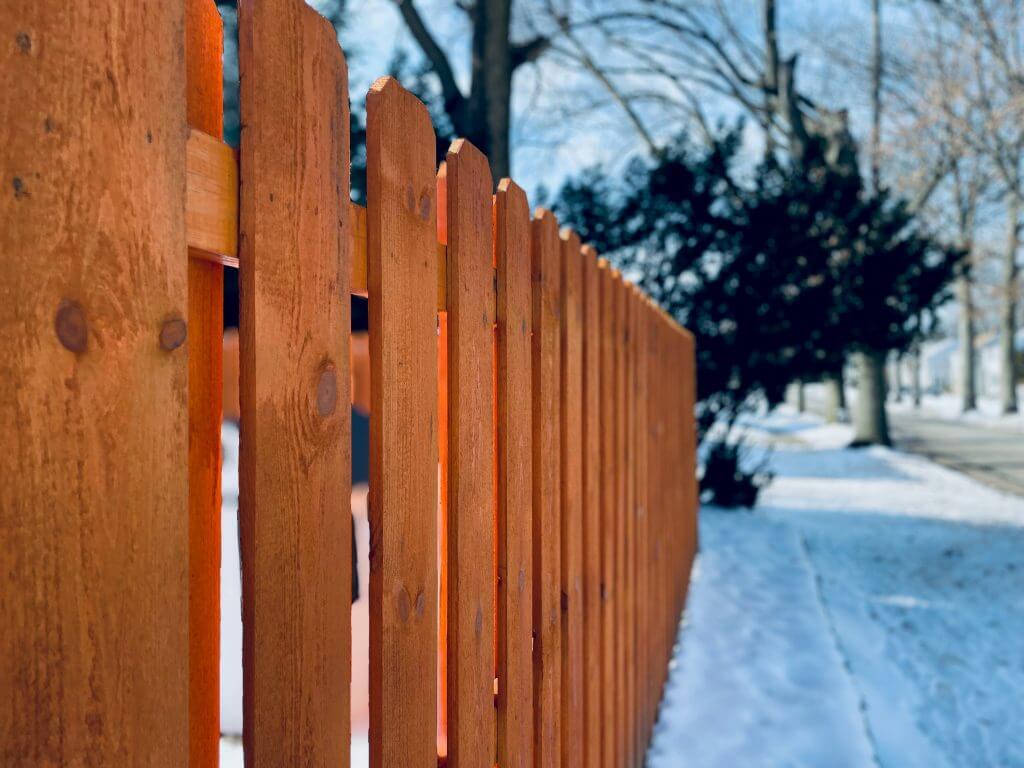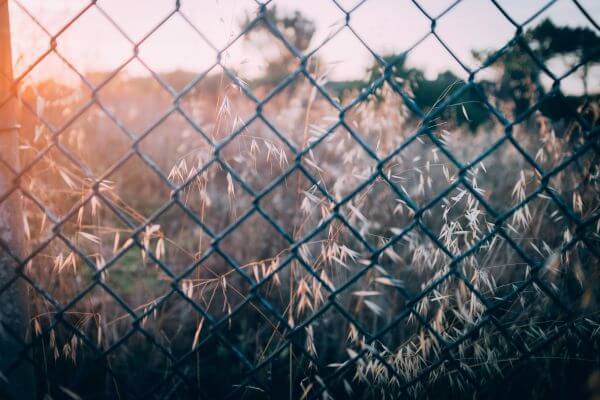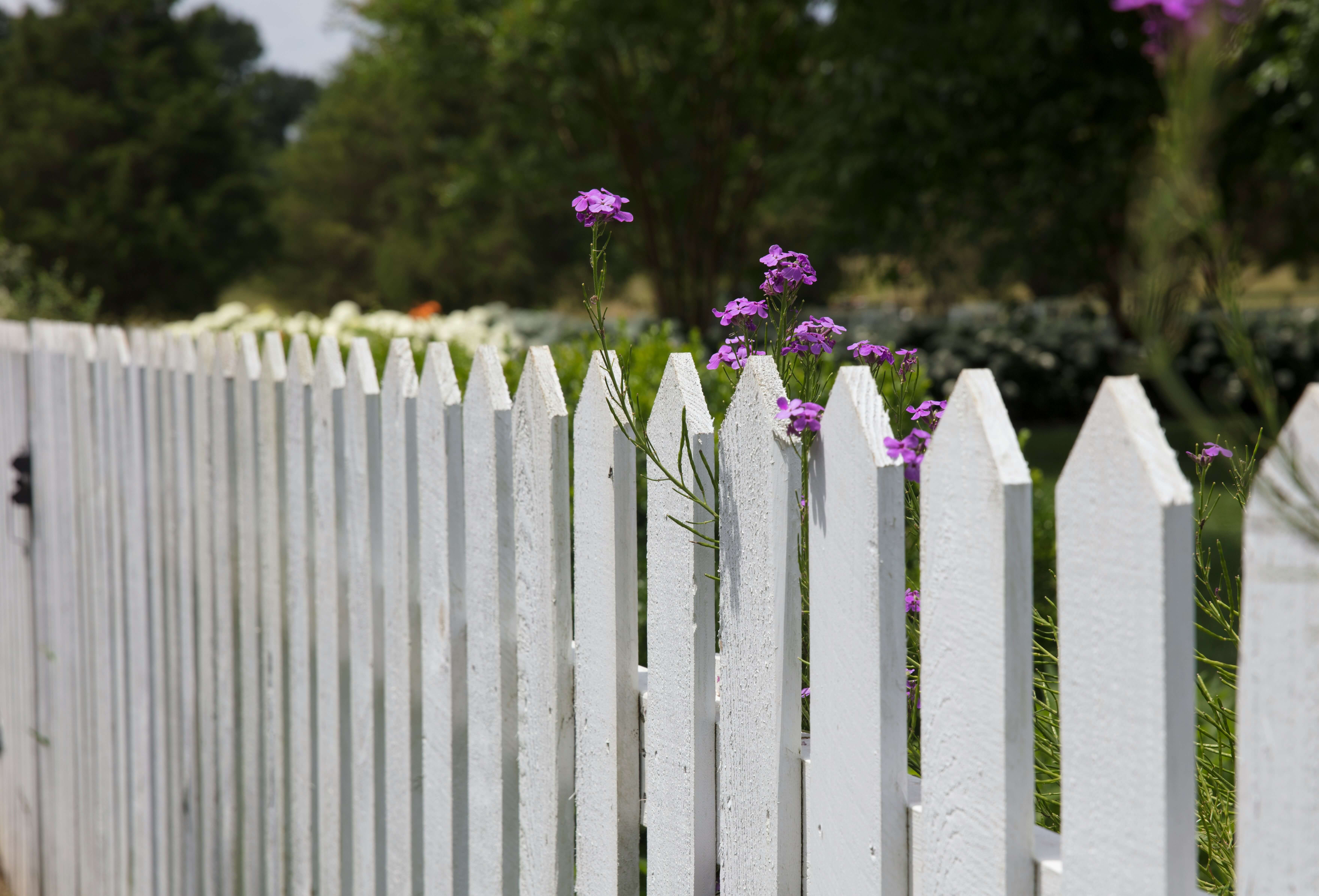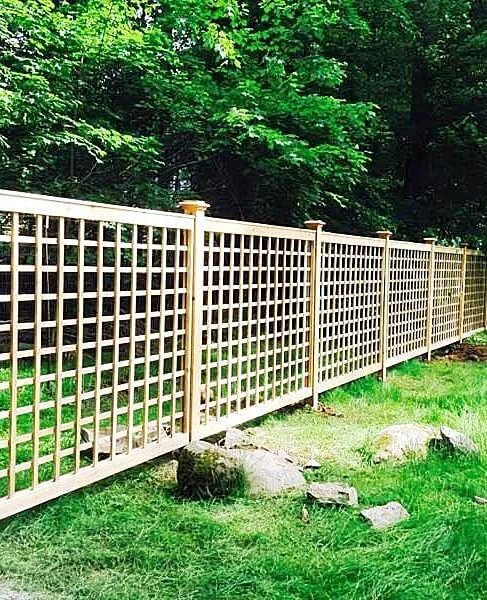Compare Popular Fence Materials for Durability, Style, and Cost
Choosing the right fencing material is one of the most important decisions you’ll make when planning a new fence. The material you choose will affect not just the look of your fence, but also its strength, lifespan, maintenance needs, and overall cost. Whether you’re looking for low-maintenance convenience, timeless beauty, or top-tier durability, this guide will help you compare the most popular fencing materials for residential use.
Factors to Consider When Choosing a Fence Material
Before deciding on a fencing material, it’s important to consider several practical and aesthetic factors:
- Purpose: Are you prioritizing privacy, security, aesthetics, or containment?
- Maintenance: How much time and effort are you willing to put into upkeep?
- Budget: Some materials have higher upfront or long-term costs.
- Climate: Certain materials perform better in specific weather conditions.
- Neighborhood or HOA rules: Some areas have restrictions on fence materials or styles.
Understanding how these factors align with your goals will help you narrow down the best option for your property.
Common Fencing Materials
Choosing the right fencing material is one of the most important decisions you’ll make when planning a new fence. The material you choose will affect not just the look of your fence, but also its strength, lifespan, maintenance needs, and overall cost. Whether you’re looking for low-maintenance convenience, timeless beauty, or top-tier durability, this guide will help you compare the most popular fencing materials for residential use.
Wood Fencing
Wood is a classic choice for fencing, offering natural beauty and design versatility. It’s commonly used for privacy and picket fences and can be stained or painted to match your home.

Best For: Homeowners who value traditional style and are comfortable with periodic maintenance.
Average Cost: $25 to $45 per linear foot installed
Pros
- Warm, natural appearance
- Customizable with stains and paints
- Available in various styles and wood species
Cons
- Requires regular sealing or painting
- Can warp, rot, or attract pests over time
- Moderate to high maintenance
Vinyl Fencing
Vinyl fencing is a synthetic alternative to wood that delivers durability and ease of maintenance. It’s ideal for homeowners who want long-lasting privacy or decorative fencing without the upkeep of wood.
Best For: Low-maintenance privacy or picket fences with a clean, uniform look.
Average Cost: $25 to $60 per linear foot installed
Pros
- Won’t rot, chip, or fade
- Easy to clean with soap and water
- Available in a range of colors and designs
Cons
- Higher upfront cost than wood
- Less eco-friendly than natural materials
- May crack in extreme temperatures
Aluminum Fencing
Aluminum offers the appearance of wrought iron without the weight or rusting. It’s a popular choice for pool enclosures, decorative yard boundaries, and homes that need security with minimal upkeep.
Best For: Decorative, low-maintenance fencing that offers visibility and security.
Average Cost: $30 to $50 per linear foot installed
Pros
- Rust-resistant and long-lasting
- Lightweight and easy to install
- Low maintenance
Cons
- Less sturdy than wrought iron
- Can dent or bend with impact
Wrought Iron Fencing
Wrought iron is known for its strength, longevity, and timeless elegance. It’s most often seen in historic or upscale neighborhoods and is commonly used for ornamental or security-focused fencing.

Best For: High-end, secure, and visually striking fence lines.
Average Cost: $35 to $70+ per linear foot installed
Pros
- Extremely durable and strong
- Adds significant curb appeal
- Can be custom designed
Cons
- Expensive to install
- Requires upkeep to prevent rust
- Heavy and labor-intensive
Chain-Link Fencing
Chain-link fencing is a practical and budget-friendly option for enclosing large spaces. It offers functionality over form and is commonly used for backyards, dog runs, and utility areas.
Best For: Large yards, pet enclosures, and budget-conscious projects.
Average Cost: $10 to $20 per linear foot installed
Pros
- Affordable and easy to install
- Low maintenance
- Provides visibility and airflow
Cons
- Limited aesthetic appeal
- Minimal privacy without added slats or screens
Composite Fencing
Composite fencing is made from a mix of wood fibers and recycled plastic, providing the look of wood with increased durability and reduced maintenance. It’s an eco-friendly option with long-lasting performance.
Best For: Homeowners who want the appearance of wood without the ongoing upkeep.
Average Cost: $30 to $60 per linear foot installed
Pros
- Resistant to rot, insects, and fading
- Requires very little maintenance
- Sustainable material choice
Cons
- Higher upfront cost
- Limited color options
Installation Costs by Fence Material
| Material | Average Cost per Linear Foot (Installed) |
|---|---|
| Chain-Link | $10 to $20 |
| Wood | $25 to $45 |
| Vinyl | $25 to $60 |
| Composite | $30 to $60 |
| Aluminum | $30 to $50 |
| Wrought Iron | $35 to $70+ |
How to Choose the Right Fencing Material
Choosing the right fencing material depends on your home’s needs, your personal preferences, and your long-term plans. Here are some key questions to guide your decision:
- What is your primary goal? Privacy, security, decoration, pet containment, or property boundaries?
- How much maintenance are you comfortable with? Wood requires the most upkeep; vinyl and composite are virtually maintenance-free.
- What’s your budget? Chain-link is budget-friendly, while wrought iron and composite materials are more expensive.
- What matches your home’s style? Wood and wrought iron offer classic charm, while vinyl and aluminum lend a more modern look.
- Are there local restrictions or HOA rules? These may limit your choices based on materials, fence height, or color.

Sustainability and Eco-Friendly Considerations
If sustainability is a priority, look for fencing materials that offer environmental benefits:
- Wood: Look for FSC-certified wood harvested from responsibly managed forests.
- Composite: Often made from recycled plastics and wood fibers, reducing landfill waste.
- Aluminum: Frequently manufactured from recycled materials and fully recyclable at end of life.
- Vinyl: While low-maintenance, it’s less eco-friendly due to its petroleum base and limited recyclability.
Choosing a long-lasting, low-maintenance fence can also reduce replacement and resource consumption over time.
Final Thoughts
Each fencing material has its own strengths and trade-offs. Wood offers charm and flexibility, vinyl and composite provide low-maintenance alternatives, while metal options like aluminum and wrought iron bring durability and design. Chain-link remains a solid choice for practical enclosures at the lowest cost.
When choosing a fencing material, consider your climate, maintenance preferences, aesthetic goals, and budget. For personalized recommendations and cost estimates, connect with local fencing contractors in your area.



